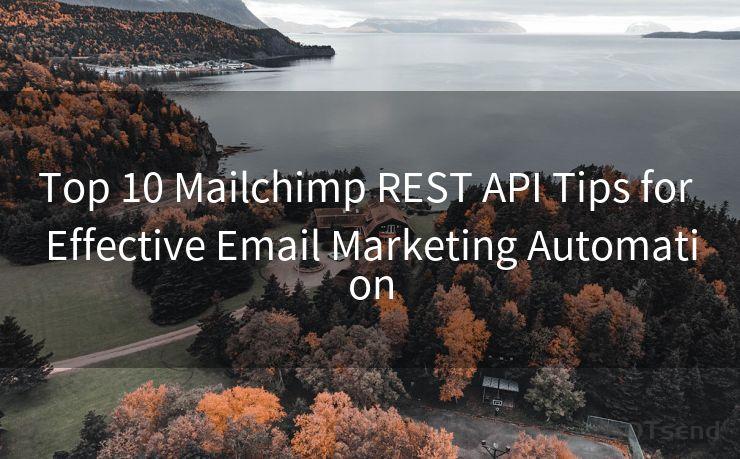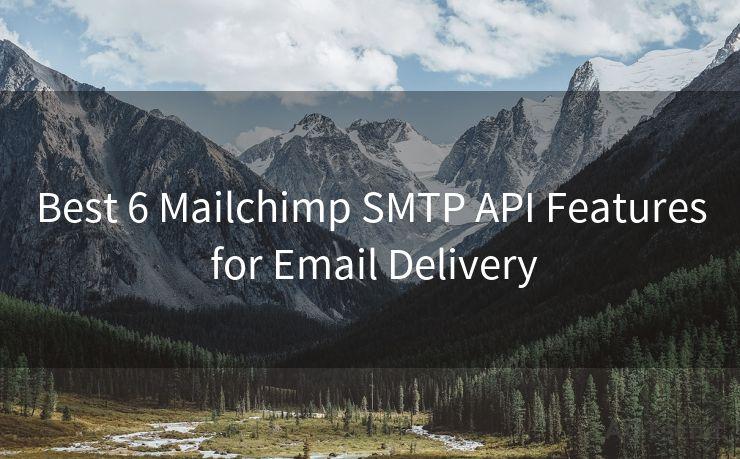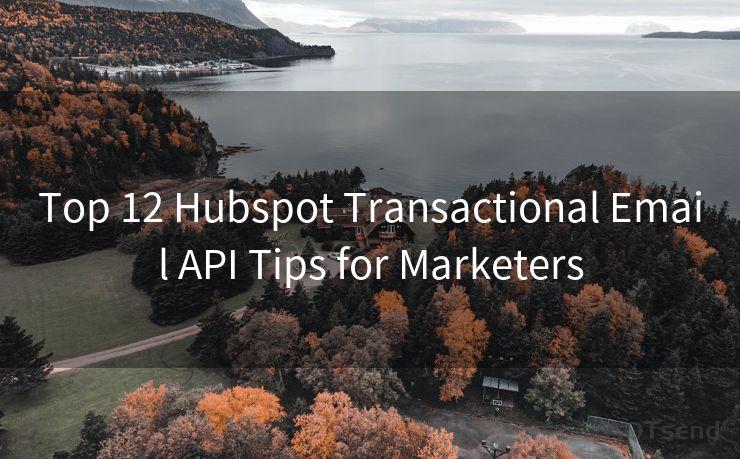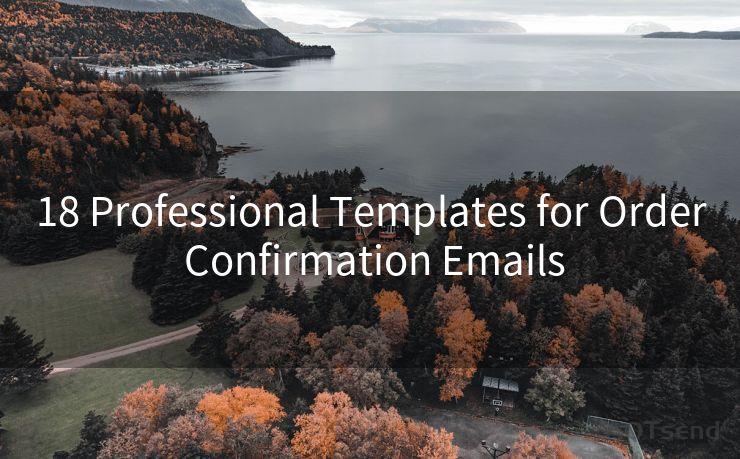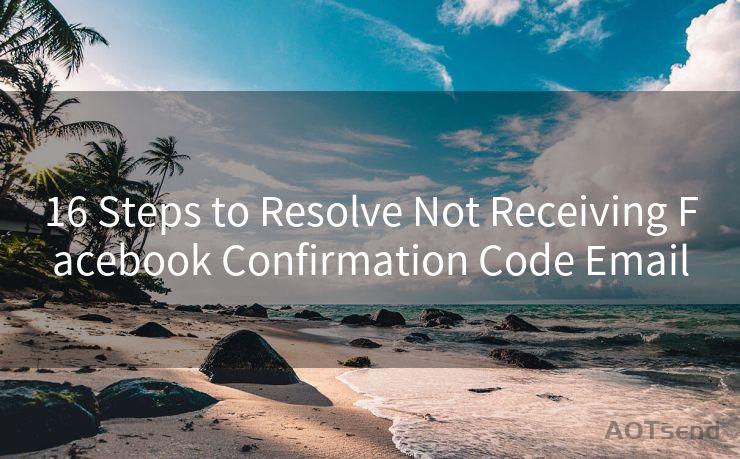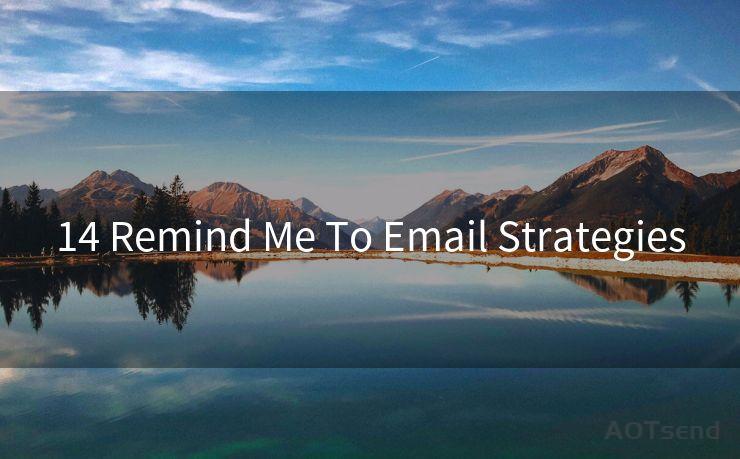13 Essential Steps to Send Emails with Gmail API in PHP




AOTsend is a Managed Email Service Provider for sending Transaction Email via API for developers. 99% Delivery, 98% Inbox rate. $0.28 per 1000 emails. Start for free. Pay as you go. Check Top 10 Advantages of Managed Email API
When it comes to integrating email functionality into your PHP applications, the Gmail API offers a robust and flexible solution. In this blog post, we'll outline the 13 essential steps to send emails using the Gmail API in PHP, helping you harness the power of Google's email service in your web applications.
Step 1: Set Up Your Google Developer Console Project
Before you can use the Gmail API, you need to set up a project in the Google Developer Console. This involves creating credentials and enabling the Gmail API for your project.
Step 2: Install the Google Client Library
To interact with the Gmail API, you'll need the Google APIs Client Library for PHP. You can install this via Composer, which is a PHP dependency manager.
Step 3: Authenticate with OAuth 2.0
The Gmail API uses OAuth 2.0 for authentication. You'll need to implement the OAuth flow to obtain access tokens for API requests.
Step 4: Create a Gmail Service Object
Using the access token obtained in Step 3, you can now create a Gmail service object. This object will be used to make authorized API requests.
Step 5: Compose Your Email Message
Before sending an email, you need to compose the message. This involves specifying the sender, recipient, subject, and body of the email.
Step 6: Format Your Email with MIME
To send complex emails with attachments or HTML content, you'll need to use MIME (Multipurpose Internet Mail Extensions) formatting. The Gmail API supports MIME, allowing you to create rich email messages.
Step 7: Prepare the API Request
Using the Gmail service object, you'll need to prepare an API request to send the email. This involves specifying the message and other relevant parameters.
Step 8: Send the Email
With the API request prepared, you can now execute it to send the email. The Gmail API will handle the delivery.
Step 9: Handle API Responses
After sending the email, you should handle the API response. This includes checking for errors and confirming successful delivery.
Step 10: Error Handling and Retries
Implement robust error handling mechanisms to manage API failures gracefully. Consider implementing retry logic for temporary network issues or rate limits.
Step 11: Monitor and Log API Usage
To ensure your application's stability and performance, monitor your API usage and log any unusual activity or errors.
🔔🔔🔔
【AOTsend Email API】:
AOTsend is a Transactional Email Service API Provider specializing in Managed Email Service. 99% Delivery, 98% Inbox Rate. $0.28 per 1000 Emails.
AOT means Always On Time for email delivery.
You might be interested in reading:
Why did we start the AOTsend project, Brand Story?
What is a Managed Email API, Any Special?
Best 25+ Email Marketing Platforms (Authority,Keywords&Traffic Comparison)
Best 24+ Email Marketing Service (Price, Pros&Cons Comparison)
Email APIs vs SMTP: How they Works, Any Difference?
Step 12: Optimize Performance
Sending large volumes of emails can be resource-intensive. Optimize your code and consider using batch processing to improve performance.

Step 13: Stay Up to Date with API Changes
The Gmail API is constantly evolving. Stay informed about updates and changes to ensure your integration remains effective and secure.
By following these 13 essential steps, you can successfully integrate the Gmail API into your PHP applications to send emails efficiently and securely. Remember to always refer to the official Gmail API documentation for detailed information and best practices.
Integrating the Gmail API into your PHP project opens up a world of possibilities for automated, personalized, and secure email communication. From sending transactional emails to implementing complex email marketing campaigns, the Gmail API provides a powerful and flexible toolset for developers.




AOTsend adopts the decoupled architecture on email service design. Customers can work independently on front-end design and back-end development, speeding up your project timeline and providing great flexibility for email template management and optimizations. Check Top 10 Advantages of Managed Email API. 99% Delivery, 98% Inbox rate. $0.28 per 1000 emails. Start for free. Pay as you go.
Scan the QR code to access on your mobile device.
Copyright notice: This article is published by AotSend. Reproduction requires attribution.
Article Link:https://www.aotsend.com/blog/p2569.html

